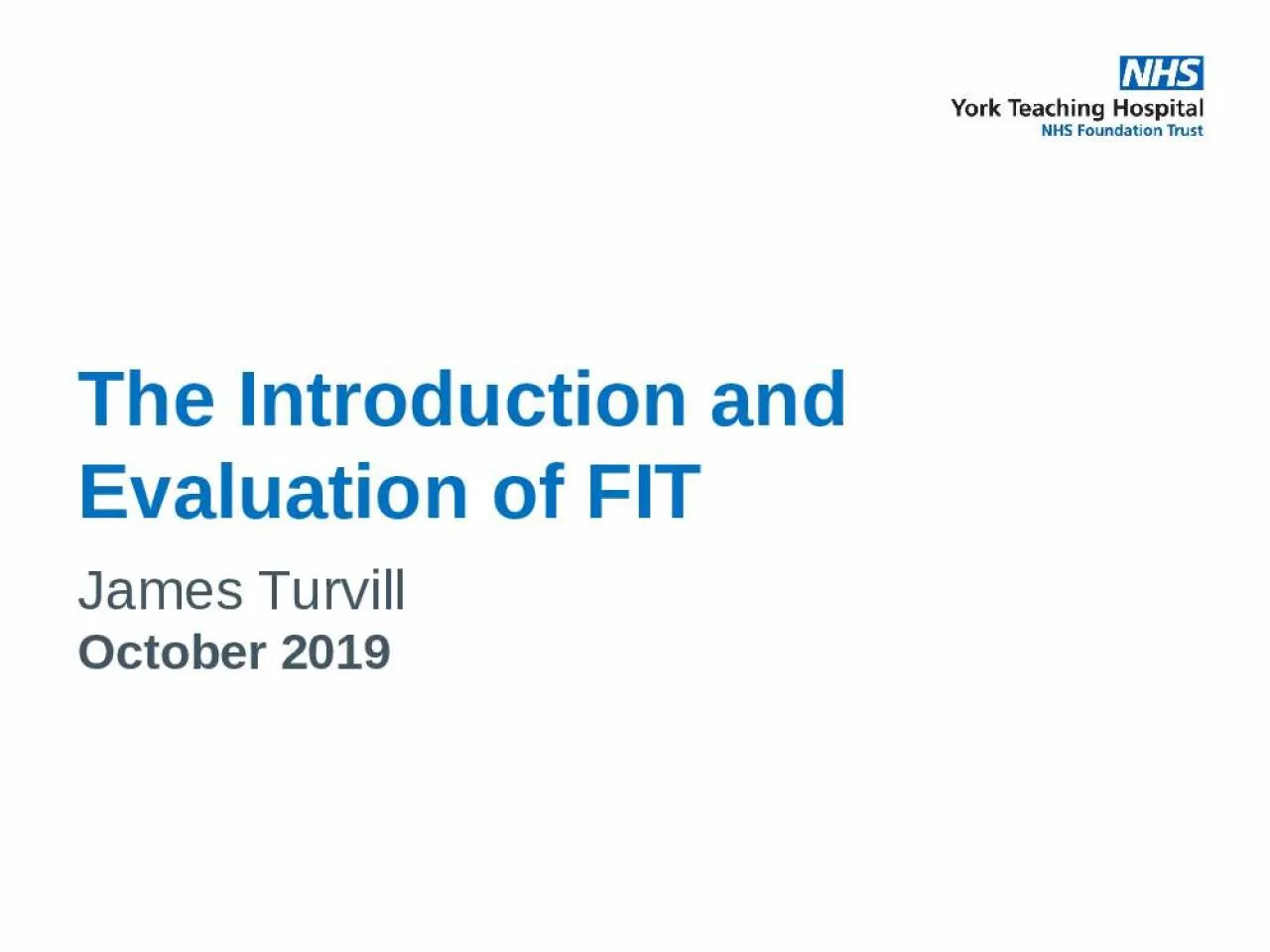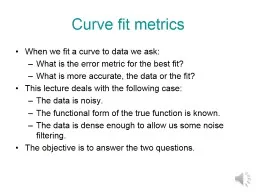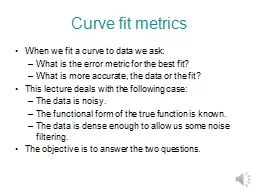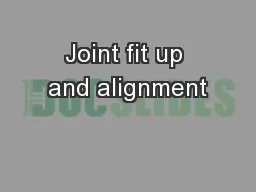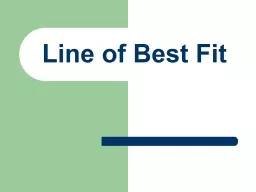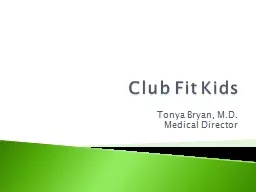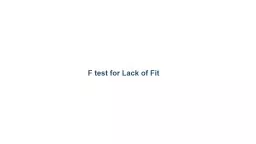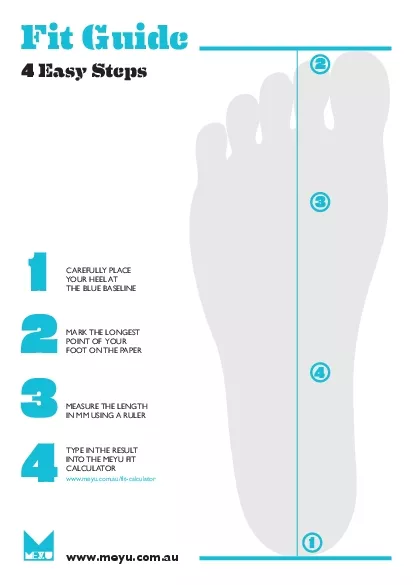PPT-The Introduction and Evaluation of FIT
Author : esther | Published Date : 2022-05-15
James Turvill October 2019 Faecal Immunochemical Test for haemoglobin FIT BCSP Asymptomatic screening 6074years Cutoff 120 µg Hb g faeces 2ww patients for suspected
Presentation Embed Code
Download Presentation
Download Presentation The PPT/PDF document "The Introduction and Evaluation of FIT" is the property of its rightful owner. Permission is granted to download and print the materials on this website for personal, non-commercial use only, and to display it on your personal computer provided you do not modify the materials and that you retain all copyright notices contained in the materials. By downloading content from our website, you accept the terms of this agreement.
The Introduction and Evaluation of FIT: Transcript
Download Rules Of Document
"The Introduction and Evaluation of FIT"The content belongs to its owner. You may download and print it for personal use, without modification, and keep all copyright notices. By downloading, you agree to these terms.
Related Documents

